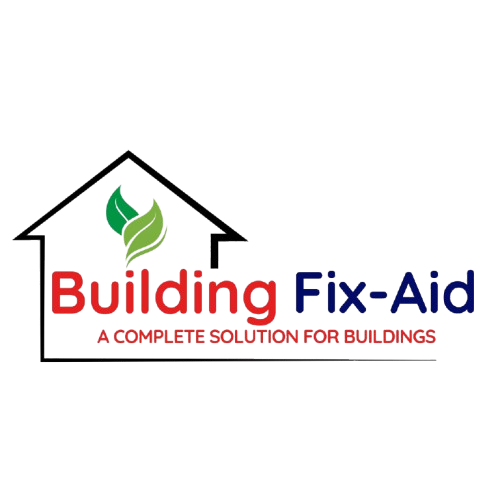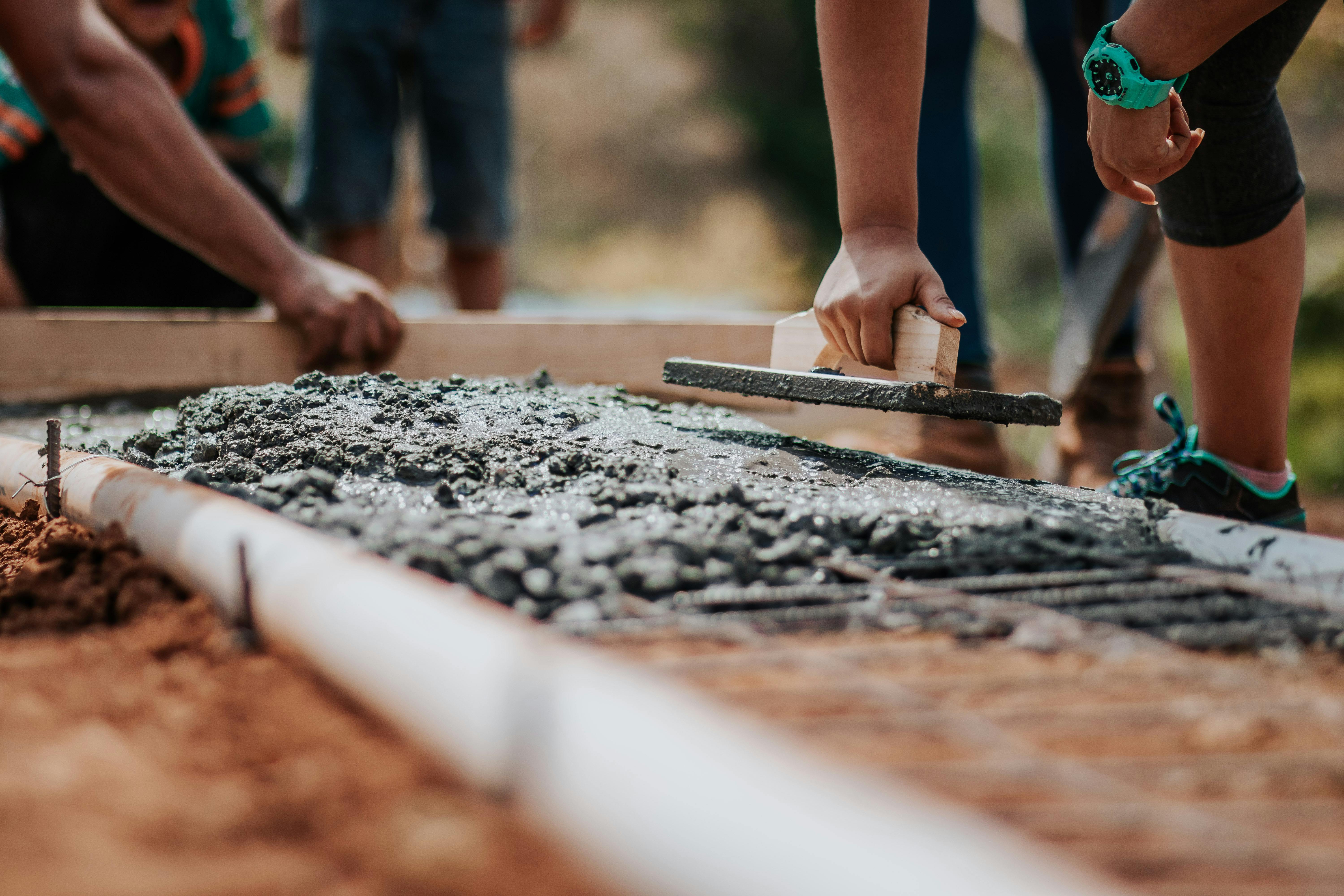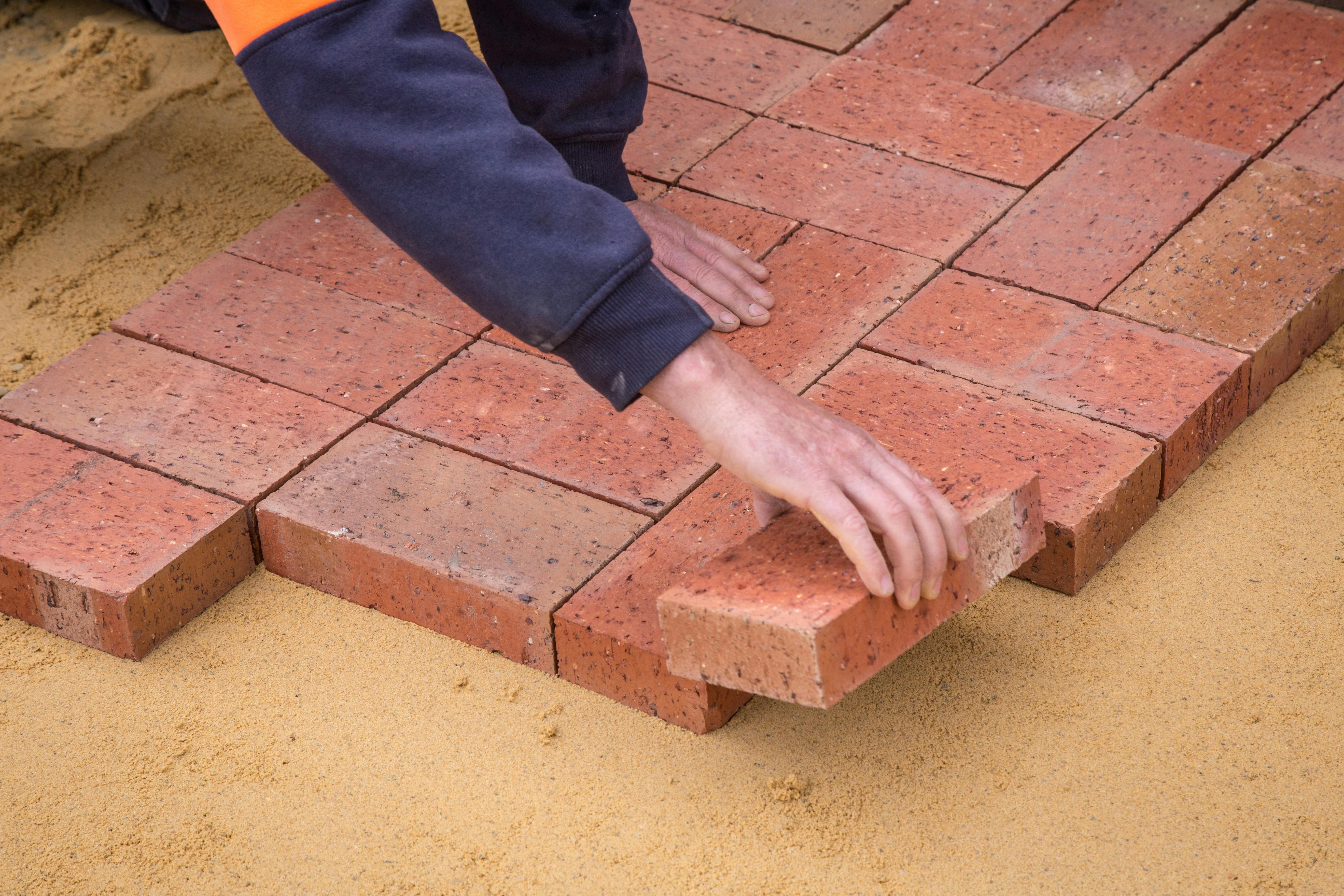
Top 5 Benefits of Professional Building Restoration
Building restoration involves repairing and renewing a property to extend its lifespan, improve its functionality, and maintain its visual appeal. Here's an in-depth look at the top five benefits of professional building restoration
Professional building restoration is not merely about improving a property’s appearance; it’s a strategic process that safeguards the structure, enhances its value, and ensures long-term cost efficiency. By investing in professional restoration, property owners can preserve the legacy of their buildings while adapting to modern needs and sustainability standards.
Professional building restoration enhances structural integrity, aesthetics, and value while ensuring sustainability and cost efficiency.
Professional building restoration focuses on repairing and revitalizing a building to ensure its longevity, safety, and functionality. By addressing structural issues, restoring visual appeal, and incorporating modern, sustainable practices, it not only maintains the property’s physical integrity but also boosts its market value. Additionally, it optimizes energy efficiency and reduces future repair costs, making it a practical and eco-friendly investment.
Preservation of Structural Integrity
Over time, buildings are subjected to wear and tear from environmental factors, such as weather, pollution, and aging materials. Professional restoration addresses critical issues like cracks, weakened foundations, and water damage, ensuring the building remains safe and structurally sound. By tackling these problems early, restoration prevents more extensive and costly damage in the future.
Enhanced Aesthetic Appeal
Restoration brings a building back to its original beauty by repairing external facades, restoring historical details, and applying fresh finishes. This improvement in appearance can enhance property value, making it more appealing to buyers, tenants, or visitors. For heritage or iconic buildings, restoration can ensure the preservation of cultural and architectural significance.
Increased Property Value
A well-maintained and restored property is often worth more in the real estate market. Restoration projects that include modern upgrades, energy-efficient materials, or compliance with current safety standards make the property more desirable. This investment in restoration not only maintains but often boosts the overall value of the building.
Energy Efficiency and Sustainability
Modern restoration techniques often involve using energy-efficient materials and sustainable practices. Upgrading insulation, windows, and HVAC systems during restoration reduces energy consumption and lowers utility costs. These green practices contribute to environmental conservation and align with sustainability goals.
Cost-Effective Maintenance
Regular restoration prevents small issues from escalating into significant problems, saving on costly repairs in the long run. Proactive maintenance through restoration extends the life of building components, delaying the need for complete replacement. This approach is especially beneficial for commercial properties that rely on a well-functioning and safe environment for operations.





